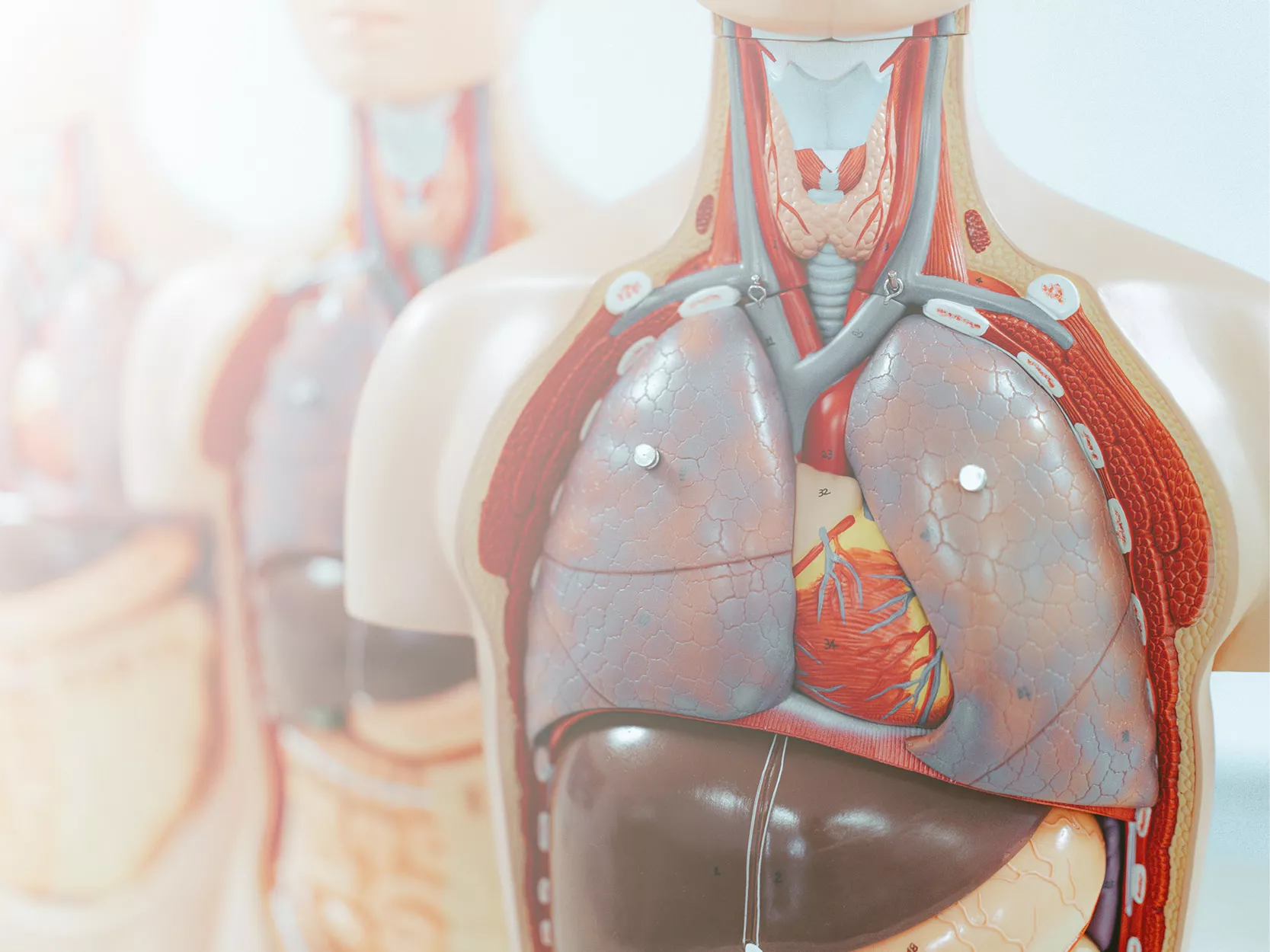Product information "Tertiary Syphilis"
Clinical History
A 66-year-old male with deafness and non-verbal communication presented with epigastric pain after eating. Examination revealed a tender epigastrium and nodular lesions on the forehead and scalp. Blood tests showed low haemoglobin, impaired liver function, and were positive for anti-treponemal antibodies. He later developed a large gastrointestinal bleed and died despite medical intervention.
Pathology
The skull shows multiple necrotic lesions up to 3–4?cm on the external surface, eroding the outer table of the skull. The surrounding periosteum is thickened with inflammation. These are gummatous lesions typical of tertiary syphilis.
Further Information
Syphilis is a chronic infection caused by Treponema pallidum, mainly transmitted sexually or congenitally. Risk factors include HIV infection, IV drug use, and male-to-male sexual contact. The disease progresses in three stages:
- Primary syphilis: painless chancre at the infection site.
- Secondary syphilis: general symptoms like skin rashes, condylomata lata, and lymphadenopathy.
- Tertiary syphilis: may lead to cardiovascular syphilis, neurosyphilis or gummatous lesions in skin, bone, or organs. Gummas are chronic inflammatory lesions that may cause bone destruction and pathological fractures, more commonly seen in HIV-positive patients.
A 66-year-old male with deafness and non-verbal communication presented with epigastric pain after eating. Examination revealed a tender epigastrium and nodular lesions on the forehead and scalp. Blood tests showed low haemoglobin, impaired liver function, and were positive for anti-treponemal antibodies. He later developed a large gastrointestinal bleed and died despite medical intervention.
Pathology
The skull shows multiple necrotic lesions up to 3–4?cm on the external surface, eroding the outer table of the skull. The surrounding periosteum is thickened with inflammation. These are gummatous lesions typical of tertiary syphilis.
Further Information
Syphilis is a chronic infection caused by Treponema pallidum, mainly transmitted sexually or congenitally. Risk factors include HIV infection, IV drug use, and male-to-male sexual contact. The disease progresses in three stages:
- Primary syphilis: painless chancre at the infection site.
- Secondary syphilis: general symptoms like skin rashes, condylomata lata, and lymphadenopathy.
- Tertiary syphilis: may lead to cardiovascular syphilis, neurosyphilis or gummatous lesions in skin, bone, or organs. Gummas are chronic inflammatory lesions that may cause bone destruction and pathological fractures, more commonly seen in HIV-positive patients.
Erler-Zimmer
Erler-Zimmer GmbH & Co.KG
Hauptstrasse 27
77886 Lauf
Germany
info@erler-zimmer.de
Achtung! Medizinisches Ausbildungsmaterial, kein Spielzeug. Nicht geeignet für Personen unter 14 Jahren.
Attention! Medical training material, not a toy. Not suitable for persons under 14 years of age.








































